Hsiao Chin and Mark Rothko: a meeting of minds
A major retrospective of pioneering Chinese abstract artist Hsiao Chin's work has opened at the Mark Rothko Art Centre in Latvia. A new film exploring the artist’s practice and global influences can be found on the Wallpaper* Instagram
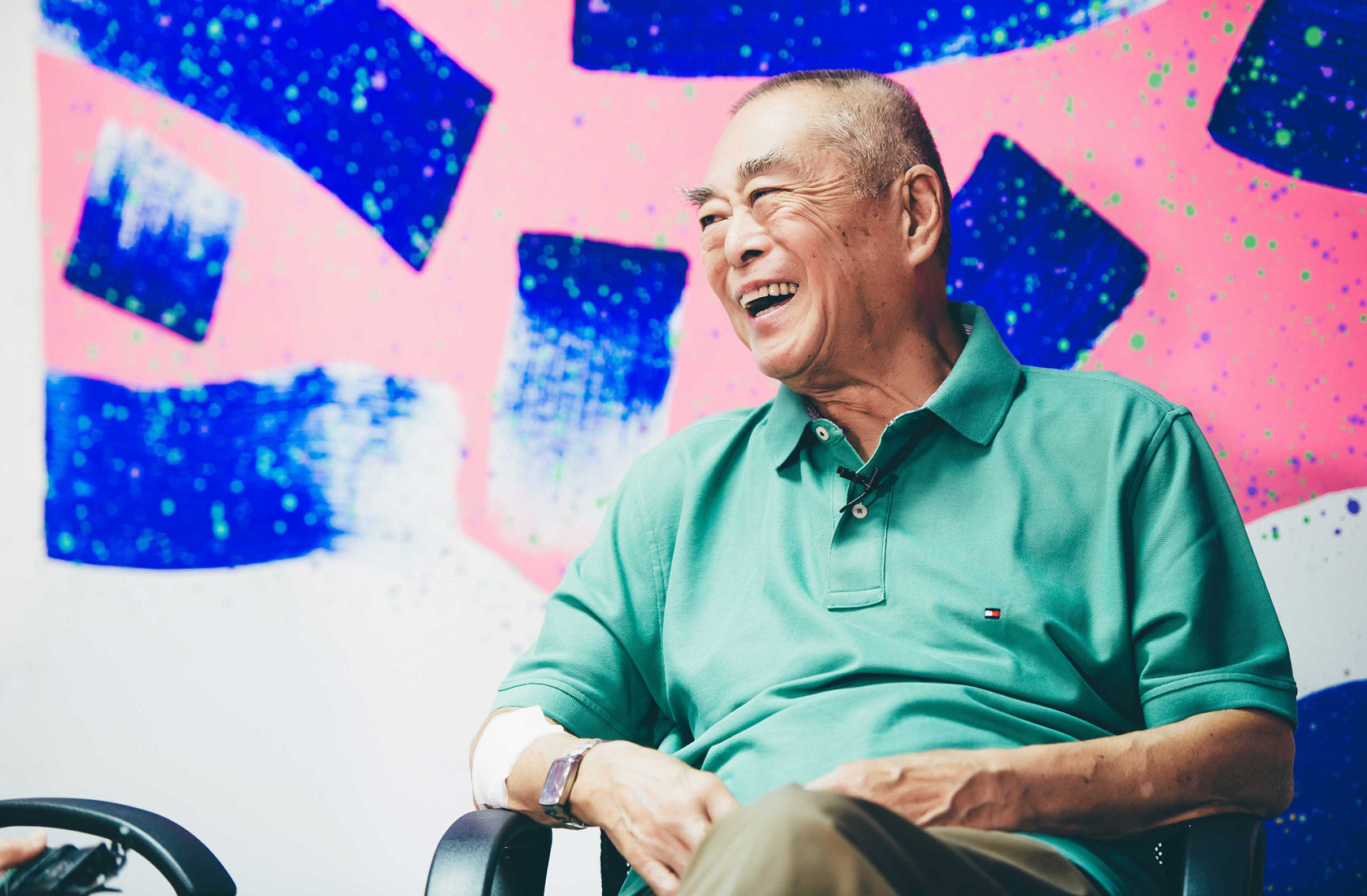
‘When I was a younger man, art was a lonely thing. No galleries, no collectors, no critics, no money,’ says Hsiao Chin, quoting Mark Rothko in a new film created in conjunction with his retrospective at the Mark Rothko Art Centre. ‘Yet, it was a golden age, for we all had nothing to lose and a vision to gain.’
It’s Hsiao Chin's own vision that sets him apart in the story of abstract art, which was often weighted towards American art in the mid-20th century. When Hsiao Chin began finding his artistic pulse in the late 1950s and early 60s, abstraction was in the wake of Informalism and in a volatile mood of action painting, both described by the artist in the film as ‘more actions than thoughts’. He was in search of something different, more meditative, what Rothko deemed ‘pockets of silence’. The results were minimal and utterly fundamental forms in black and white, drawing on the philosophy of Laozi and Zhuangzi. Hsiao Chin later discovered the work Tibetan Buddhist art, which prompted the use of vivid colour. These bold compositions fuse a European approach to abstraction with flushes of Fauvism and the liberal brushwork of Chinese calligraphy.
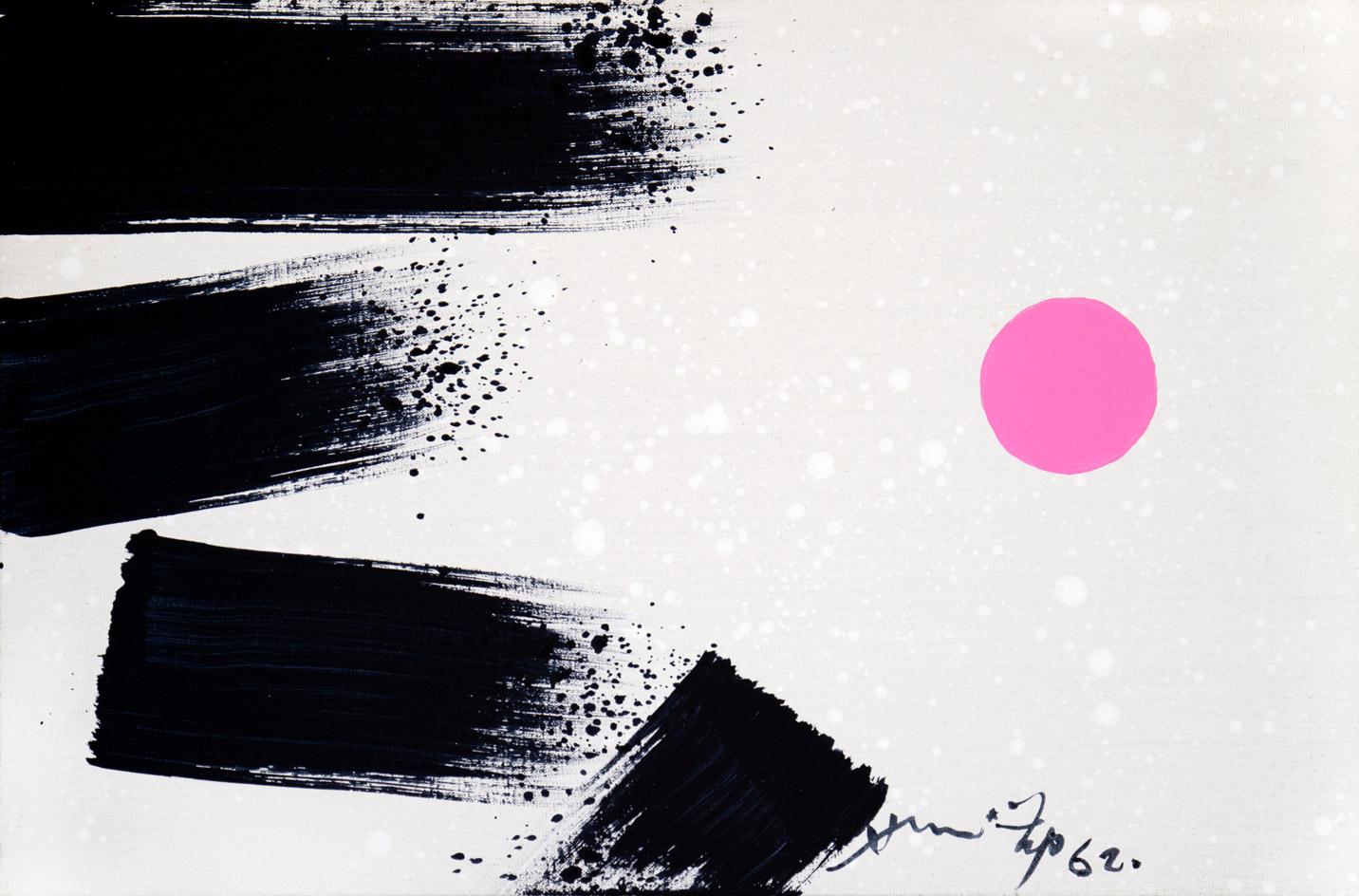
Hsiao Chin, The Origin of Chi 3, 1962. Ink on canvas, 40 x 60cm.
Hsiao Chin's retrospective at the Mark Rothko Art Centre sees six decades of the artist’s work – from 1959 to the present day – converge with the institution’s permanent collection of Rothko paintings. The exhibition explores, for the first time, how both artist's ideas intersected in the 1960s. Its title, ‘In My Beginning Is My End’ is an extract from the second poem in TS Eliot’s ‘Four Quartets’. The line has both spiritual and biographical relevance for Hsiao Chin. He was born in China in 1935, moved to Taiwan, then to Spain, settled in Italy for half a century, travelled through America, returned to Italy, then circled back to Taiwan. It’s perhaps this international view and global circularity that soaks Hsiao Chin’s work in such a contemporary feel.
Though his artistic origins were in oil paint, it became too lethargic a medium for Hsiao Chin, and he turned to acrylic (then a relatively new medium), which he found to have a similar immediacy as Chinese ink. Works such as Power of the light, and La Vibrazione del Sole (both 1965) see the circle motif, a symbol for heaven in Chinese culture, take centre stage, anchoring the paintings in a sense of spiritual balance and harmony.
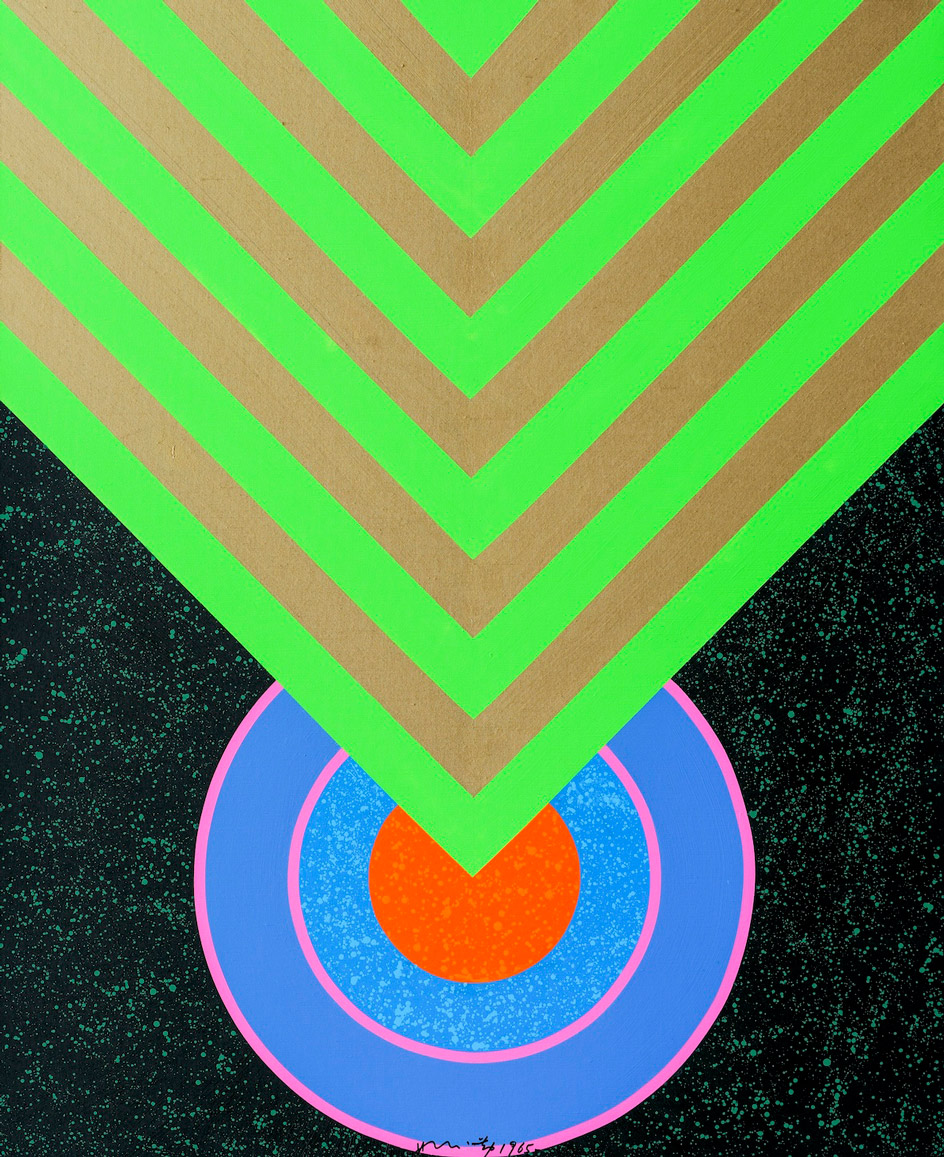
Hsiao Chin, Power of the light, 1965. Acrylic on canvas, 160 x 130cm.
Hsiao Chin was also instrumental in bringing Chinese contemporary art, and creative voices from Chinese diaspora, into the Western conversation. In Milan in 1961, he became the first Chinese artist to found a major international avant-garde movement, the Movimento Punto, which drew on Eastern philosophy. In 1963, he curated ‘Chinesische Künstler der Gegenwart’, an exhibition in Leverkusen (West Germany), which is said to be the first post-war group show of Chinese contemporary art in the West.
So where do Rothko and Hsiao Chin share common ground? In abstraction, certainly, but they are bound by something deeper, and even more intangible: spirituality. They first met in 1968 on Hsiao Chin’s first visit to New York and became friends, with Hsiao Chin gravitating towards Rothko’s rejection of consumerism and use of abstraction as a spiritual portal. ‘His peers may appear to be the Italian Lucio Fontana and the American Kenneth Noland, but in his search for a language of painting that can incarnate spiritual experiences, the only comparable painter of the time is Mark Rothko - which makes holding Hsiao Chin's retrospective in Mark Rothko's hometown museum so compelling,’ explains exhibition curator Philip Dodd.
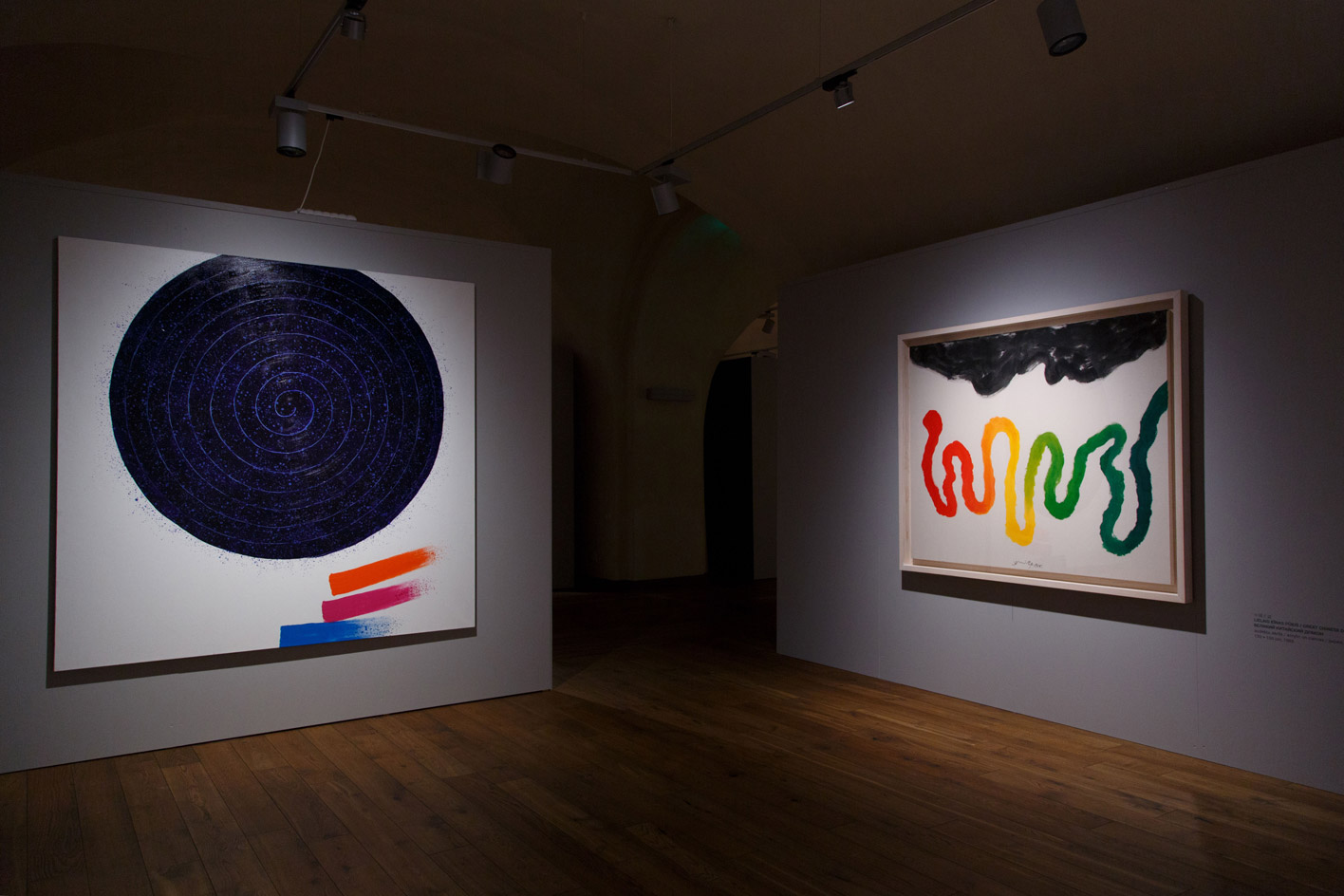
Installation view: ‘In My Beginning Is My End: The Art of Hsiao Chin’, Mark Rothko Art Centre, Latvia.
Hsiao Chin infused his visual language with a distinctly international flavour. This is a meeting of Hsiao Chin and Mark Rothko. It’s also a meeting of East and West; terrestrial and otherworldly; introspection and global vision; beginning and end. It also proves that in art, these boundaries need not exist. As Hsiao concludes in the film, ‘My paintings reflect my vision of life, which has no beginning or end and never stops.’
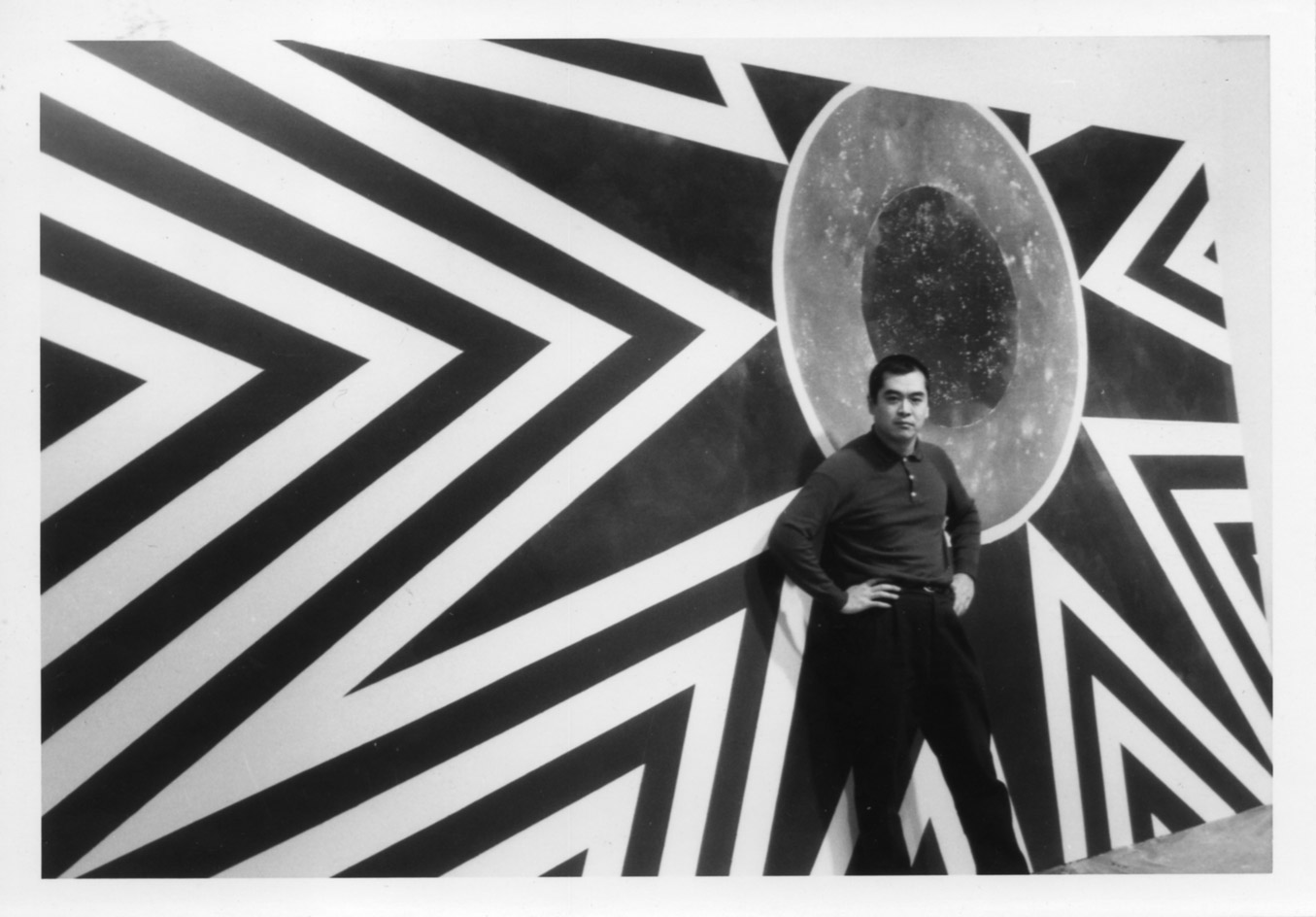
Hsiao Chin in London, 1965
INFORMATION
’In My Beginning is My End: The Art of Hsiao Chin’, until 25 October, Mark Rothko Art Centre.
hsiaochin.org.tw; rothkocenter.com
ADDRESS
Wallpaper* Newsletter
Receive our daily digest of inspiration, escapism and design stories from around the world direct to your inbox.
Mark Rothko Art Centre
Mihaila iela 3
Daugavpils, LV-5401
Latvia
Harriet Lloyd-Smith was the Arts Editor of Wallpaper*, responsible for the art pages across digital and print, including profiles, exhibition reviews, and contemporary art collaborations. She started at Wallpaper* in 2017 and has written for leading contemporary art publications, auction houses and arts charities, and lectured on review writing and art journalism. When she’s not writing about art, she’s making her own.
-
 All-In is the Paris-based label making full-force fashion for main character dressing
All-In is the Paris-based label making full-force fashion for main character dressingPart of our monthly Uprising series, Wallpaper* meets Benjamin Barron and Bror August Vestbø of All-In, the LVMH Prize-nominated label which bases its collections on a riotous cast of characters – real and imagined
By Orla Brennan
-
 Maserati joins forces with Giorgetti for a turbo-charged relationship
Maserati joins forces with Giorgetti for a turbo-charged relationshipAnnouncing their marriage during Milan Design Week, the brands unveiled a collection, a car and a long term commitment
By Hugo Macdonald
-
 Through an innovative new training program, Poltrona Frau aims to safeguard Italian craft
Through an innovative new training program, Poltrona Frau aims to safeguard Italian craftThe heritage furniture manufacturer is training a new generation of leather artisans
By Cristina Kiran Piotti
-
 ‘Humour is foundational’: artist Ella Kruglyanskaya on painting as a ‘highly questionable’ pursuit
‘Humour is foundational’: artist Ella Kruglyanskaya on painting as a ‘highly questionable’ pursuitElla Kruglyanskaya’s exhibition, ‘Shadows’ at Thomas Dane Gallery, is the first in a series of three this year, with openings in Basel and New York to follow
By Hannah Silver
-
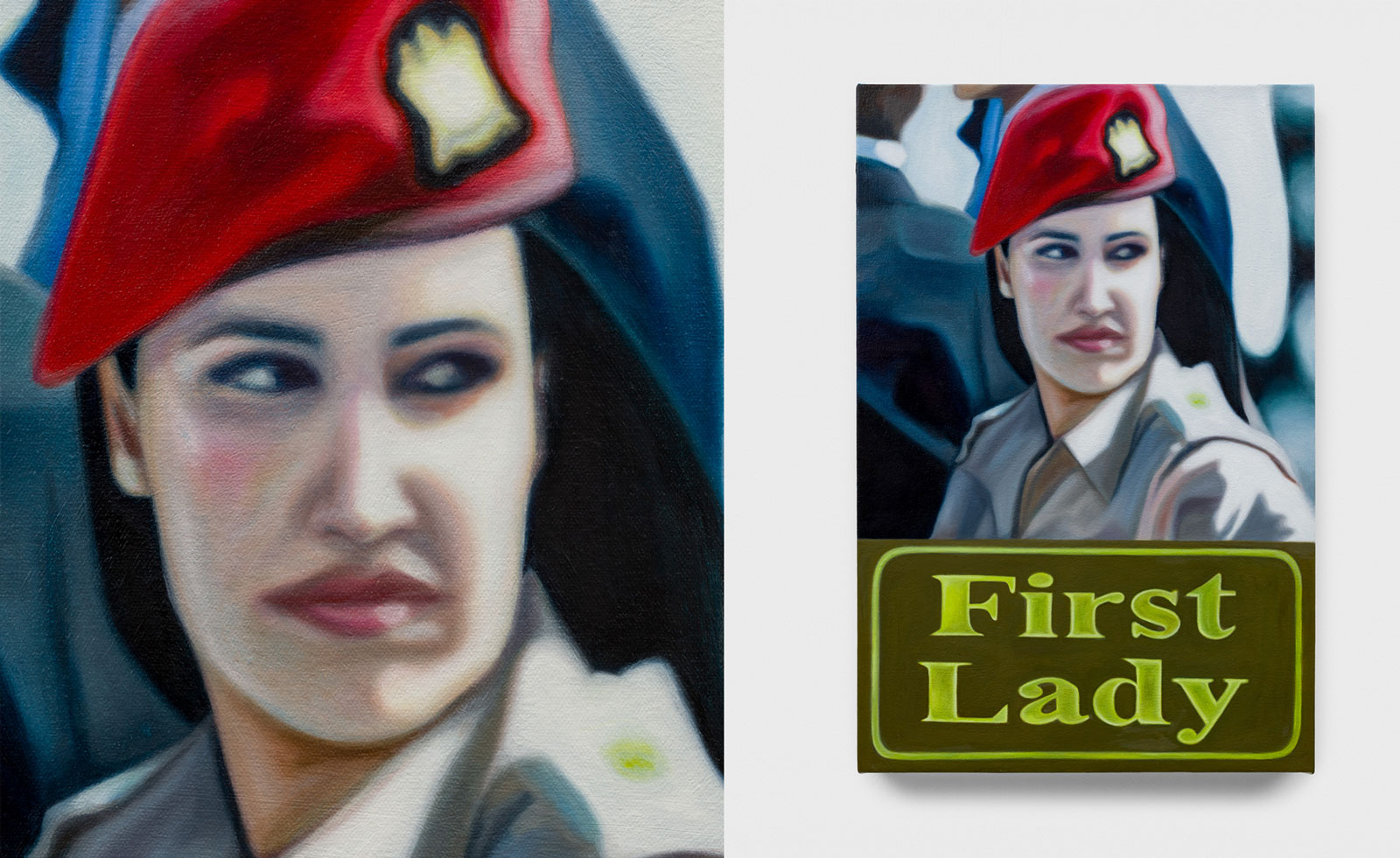 Tasneem Sarkez's heady mix of kitsch, Arabic and Americana hits London
Tasneem Sarkez's heady mix of kitsch, Arabic and Americana hits LondonArtist Tasneem Sarkez draws on an eclectic range of references for her debut solo show, 'White-Knuckle' at Rose Easton
By Zoe Whitfield
-
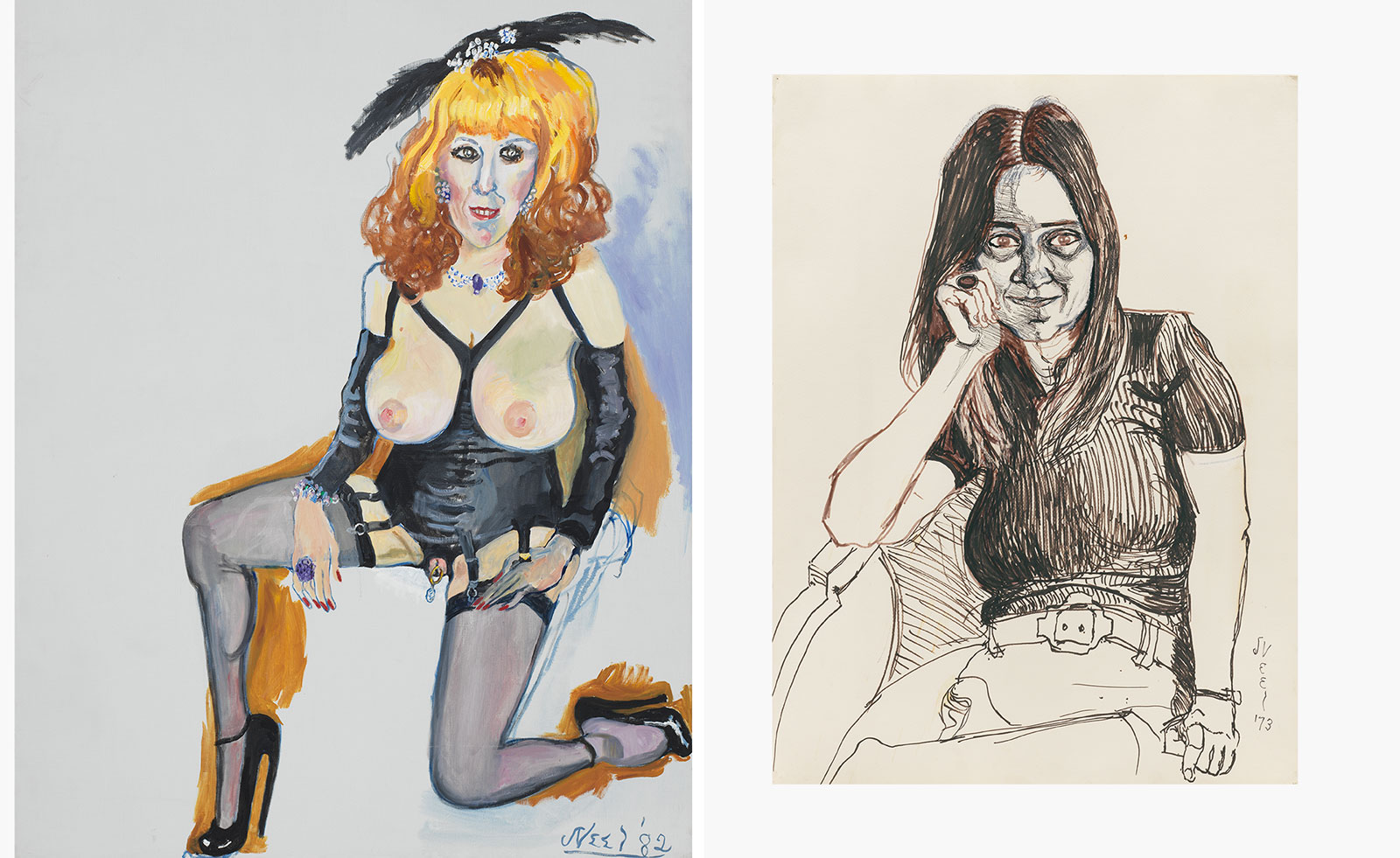 Alice Neel’s portraits celebrating the queer world are exhibited in London
Alice Neel’s portraits celebrating the queer world are exhibited in London‘At Home: Alice Neel in the Queer World’, curated by Hilton Als, opens at Victoria Miro, London
By Hannah Silver
-
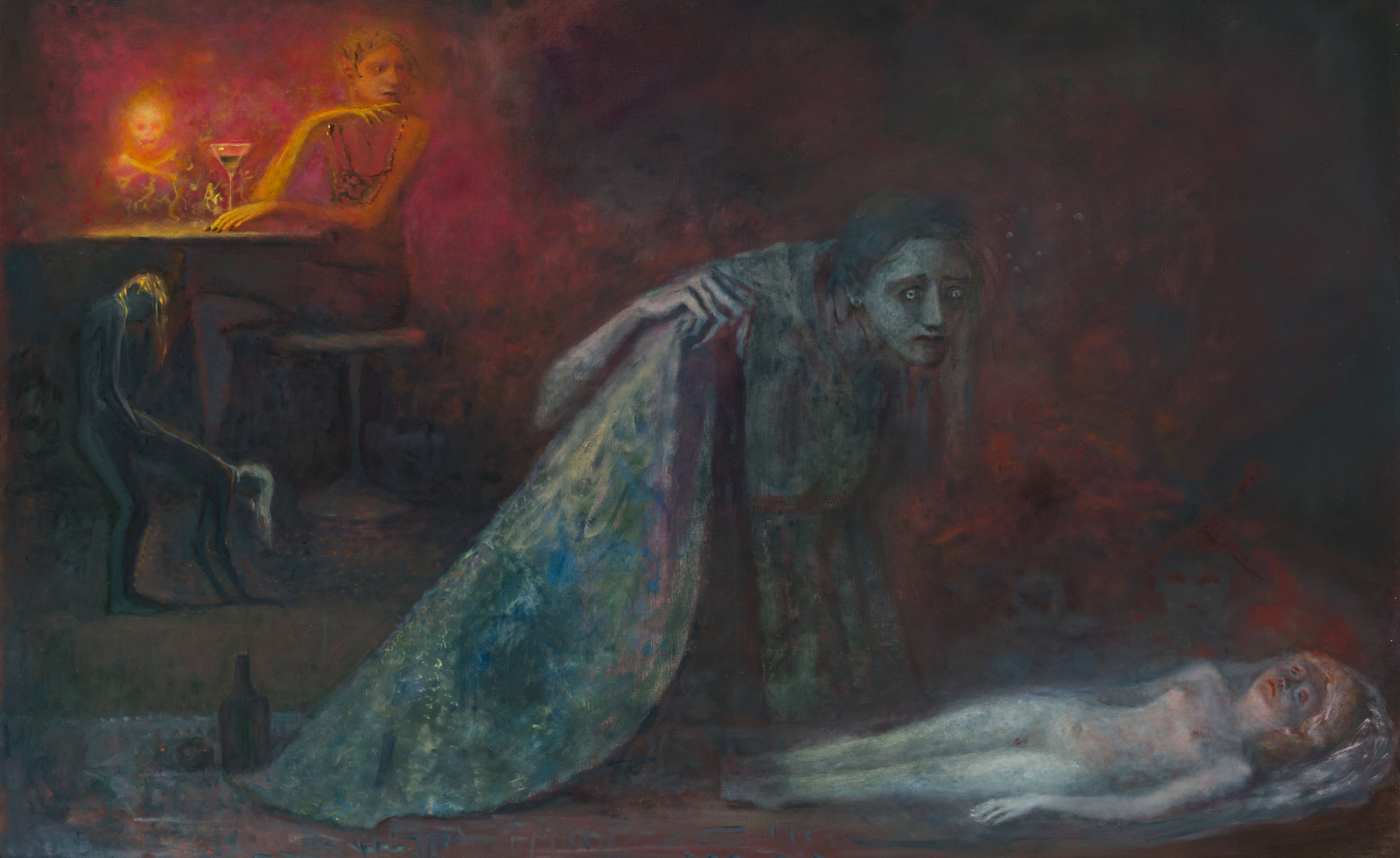 ‘You have to face death to feel alive’: Dark fairytales come to life in London exhibition
‘You have to face death to feel alive’: Dark fairytales come to life in London exhibitionDaniel Malarkey, the curator of ‘Last Night I Dreamt of Manderley’ at London’s Alison Jacques gallery, celebrates the fantastical
By Phin Jennings
-
 What is RedNote? Inside the social media app drawing American users ahead of the US TikTok ban
What is RedNote? Inside the social media app drawing American users ahead of the US TikTok banDownloads of the Chinese-owned platform have spiked as US users look for an alternative to TikTok, which faces a ban on national security grounds. What is Rednote, and what are the implications of its ascent?
By Anna Solomon
-
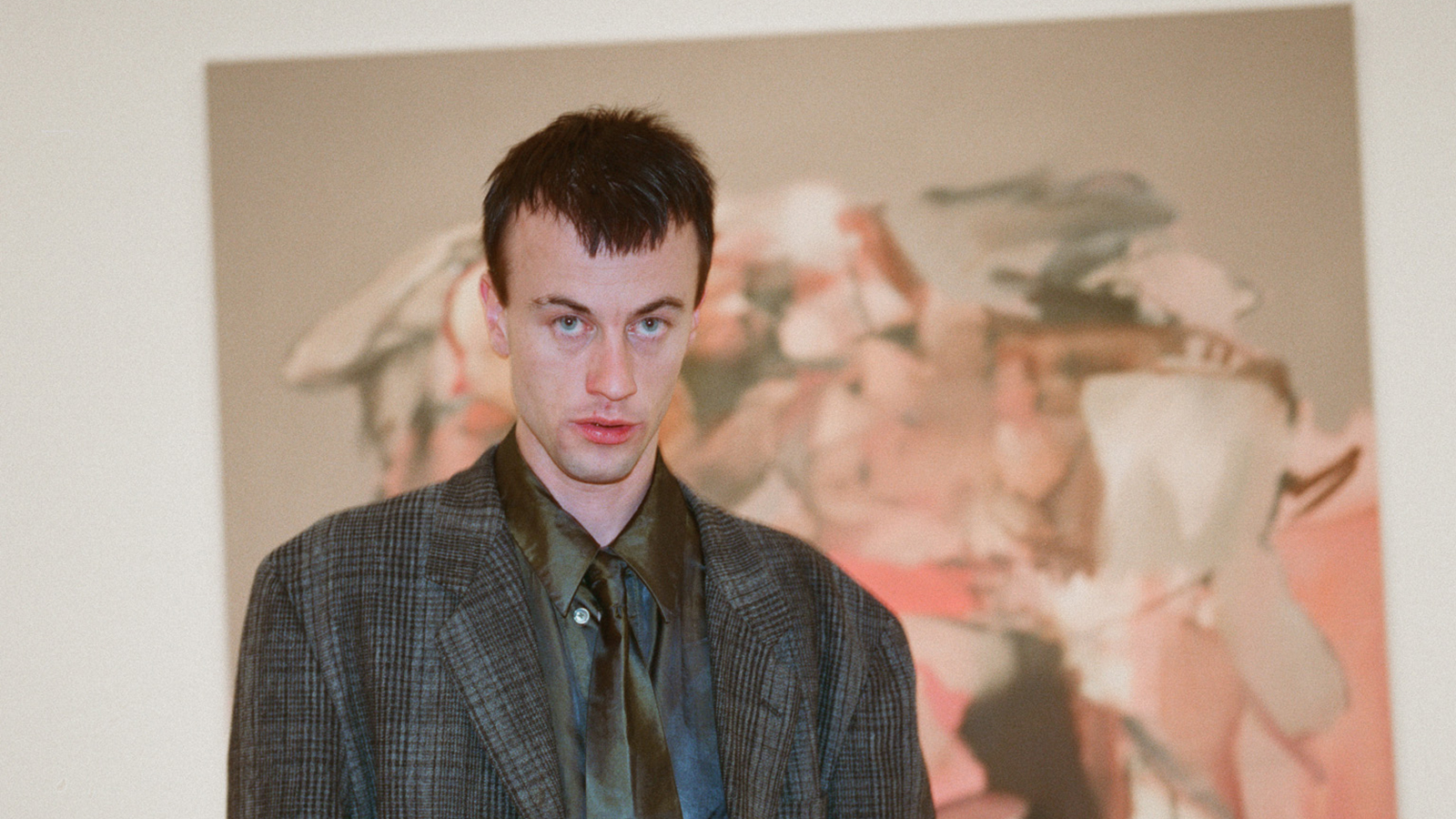 Inside the distorted world of artist George Rouy
Inside the distorted world of artist George RouyFrequently drawing comparisons with Francis Bacon, painter George Rouy is gaining peer points for his use of classic techniques to distort the human form
By Hannah Silver
-
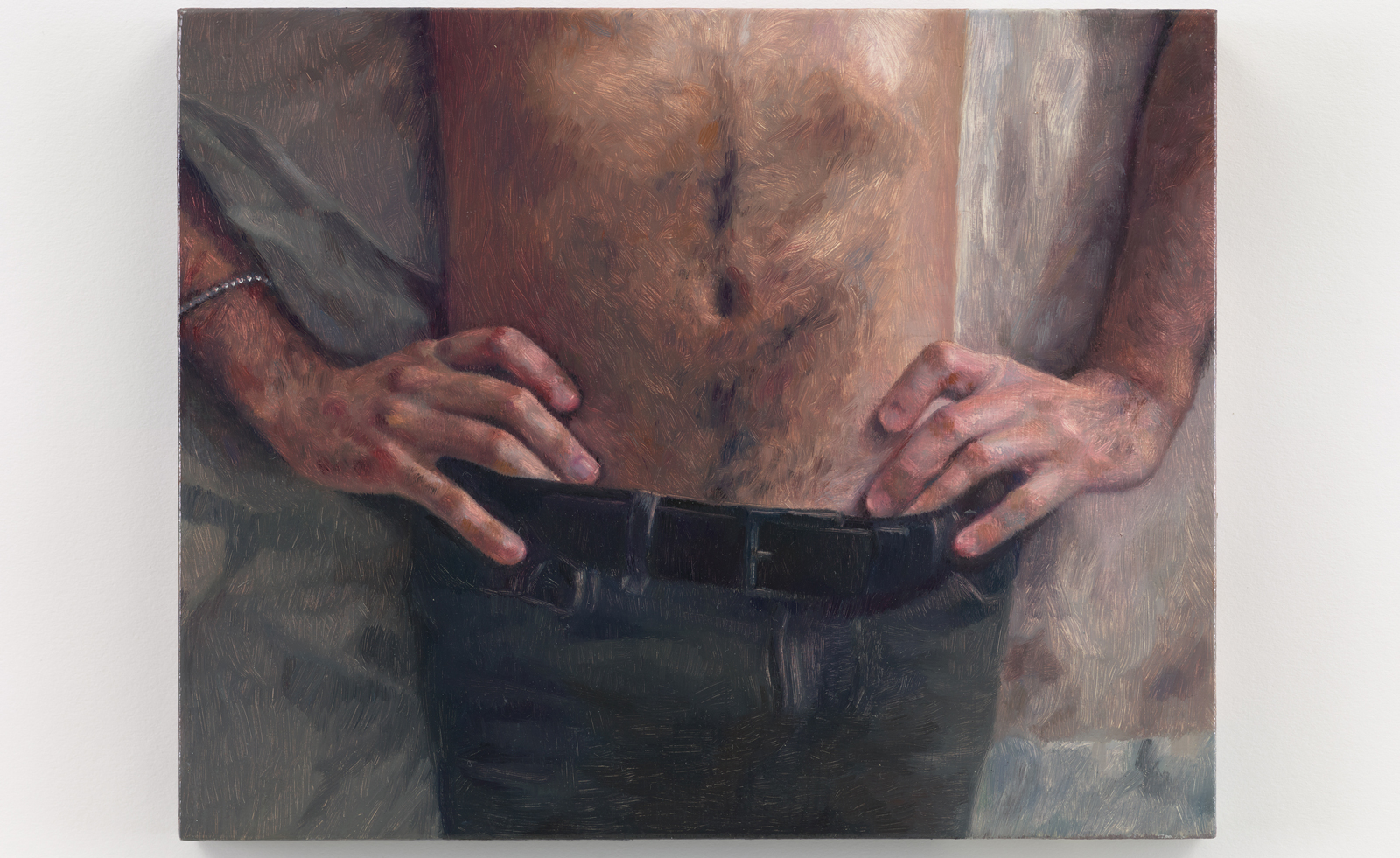 Love, melancholy and domesticity: Anna Calleja is a painter to watch
Love, melancholy and domesticity: Anna Calleja is a painter to watchAnna Calleja explores everyday themes in her exhibition, ‘One Fine Day in the Middle of the Night’, at Sim Smith, London
By Emily Steer
-
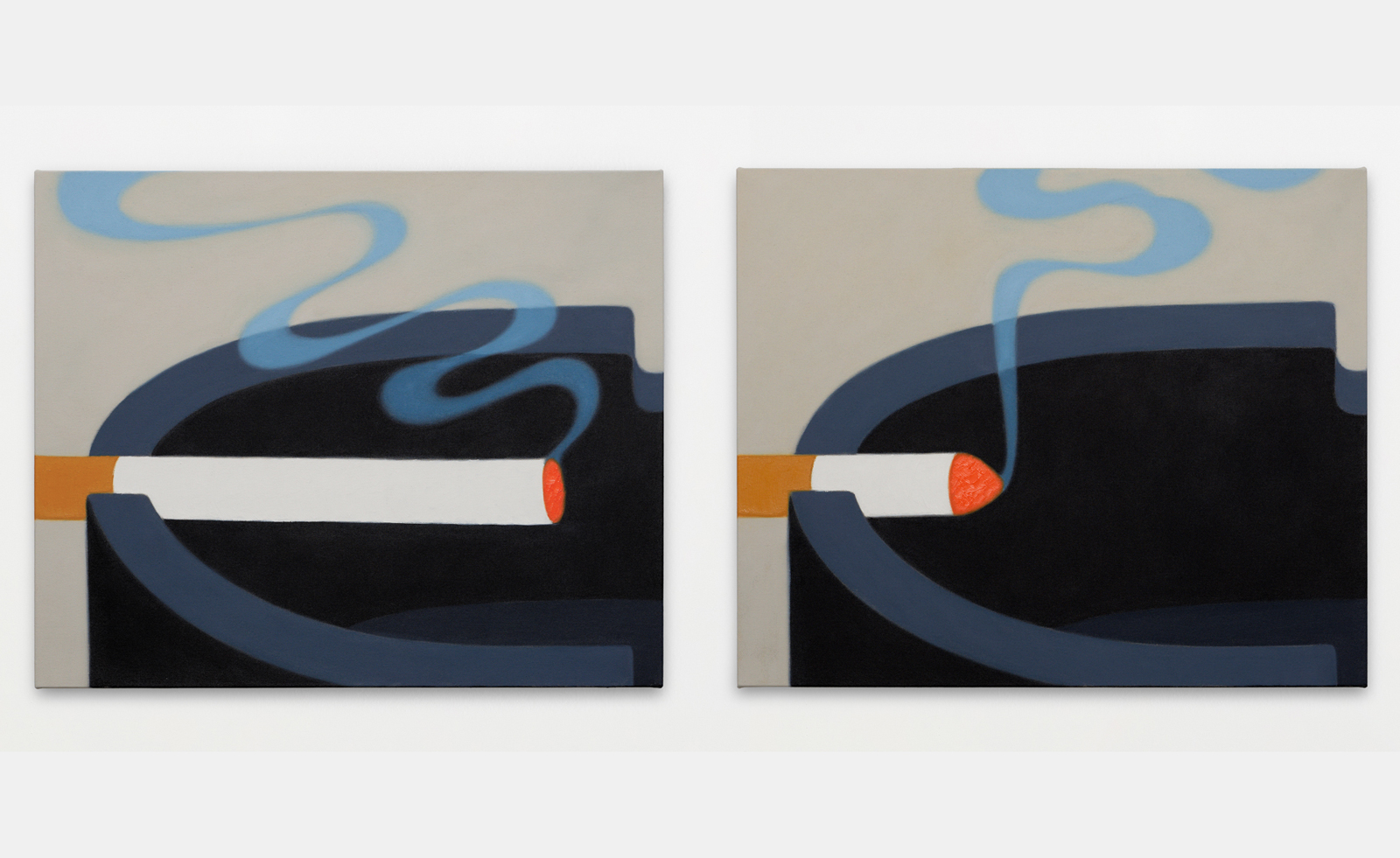 Henni Alftan’s paintings frame everyday moments in cinematic renditions
Henni Alftan’s paintings frame everyday moments in cinematic renditionsConcurrent exhibitions in New York and Shanghai celebrate the mesmerising mystery in Henni Alftan’s paintings
By Osman Can Yerebakan